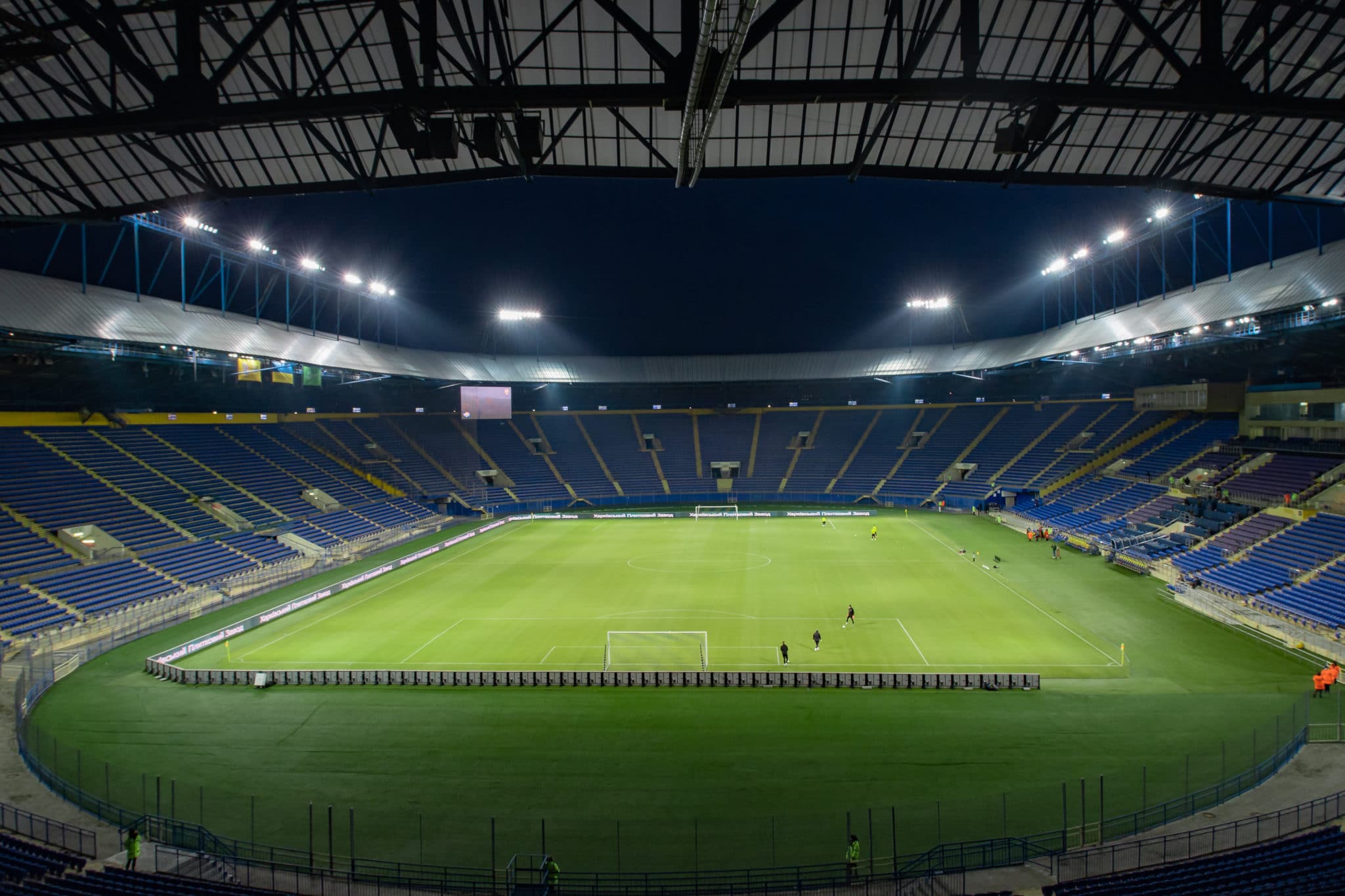
Jamie Allam of Amthal Fire & Security works through the essential requirements for the safe reopening of stadium events.
With fans once again returning to watch their beloved sports – such as the Crucible snooker event and FA cup semi-final – it is a positive sign of the UK returning to something resembling normality.
The results of the events are being heavily scrutinised; piloted as part of the Events Research Programme (ERP), they are intended to inform the government’s decisions on step four of its roadmap out of lockdown, with a return to ‘a form of full normality’ hoped for by 21 June 2021. As World Snooker Tour Chairman, Barry Hearn, told BBC Sport: “It’s important we are successful because we are sending out a message to all other indoor sports, cinemas, theatres.”
In all the anticipation, it is critical to remember the importance of stadium security in a five step plan – for the ongoing benefit of staff, visitors and players.
Risk assessment
As with all security and fire safety requirements, the need to start with a risk assessment that reviews the current state of procedures and control for safety systems and processes is paramount to success.
The objective is to highlight areas of best practice that are strong and weak and help to analyse remedial risk and identify the high level gaps alongside the resource allocations that can prepare stadiums for potential full capacity attendance.
Strengthening weak links
When threats and opportunists try to breach the system, they look for the weakest link. Whilst this will be identified in the risk assessment, the second stage is to have a clear understanding of every component of a stadium’s security; this includes the mapping out of events taking place.
For example, crowds will often gather outside the venue as they queue to get in or wait for transport to get home once the event has finished. The need to balance controlled access in and out of the stadium, whilst managing crowds in accordance with social distancing, is critical.
Communication
The greatest benefit of smart security solutions is two-way communication between systems that are traditionally siloed and mobile compatible. In training, when alerts are delivered in real time to physical security solutions, each can trigger a series of actions within the other that prevents a potential threat from gaining deeper access into the stadium itself.
Isolating physical security risks
Threat detection and isolation are essential to delivering best-in-class stadium security. Smart cameras can simplify this process by identifying which devices to isolate and where to sound an alarm. Here, monitored visual verification over a stadium can also issue alerts over the secure network to security personnel when there’s movement in a restricted or off-limits area.
Integration success
Not every security alert that a system triggers will require human intervention. Amthal works closely with security teams in the stadium to fine-tune alerts and ensure security personnel only receive critical alerts that require an immediate response.
By creating an integrated approach to security for all aspects of the stadium site, including access control, visual verification, intruder monitoring and even fire safety, it will make a difference to security personnel – they will support a seamless experience as we all return to our beloved sporting, theatre and music events.
Behind the scenes, following best practice stadium safety and security allows us all to look forward to more events opening up in a post COVID-19-restricted world where we can experience more entertainment together.
Amthal is proactively supporting security teams to ensure stadiums, theatres and music venues are ready and prepared to welcome back hosts, guests and visitors in safe and secure environments.
This article was originally published in the May edition of Security Journal UK. To read a free digital copy of the magazine, click here.